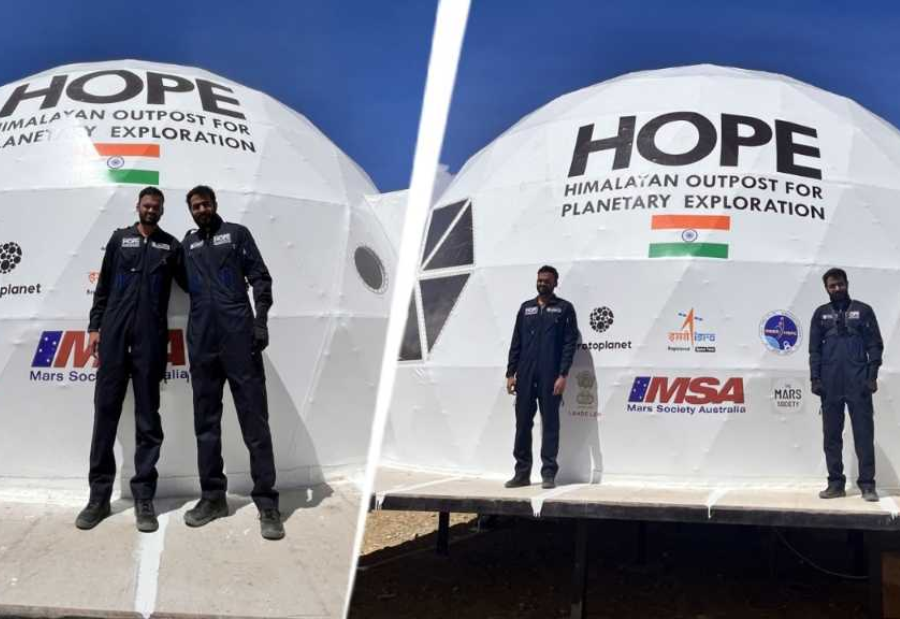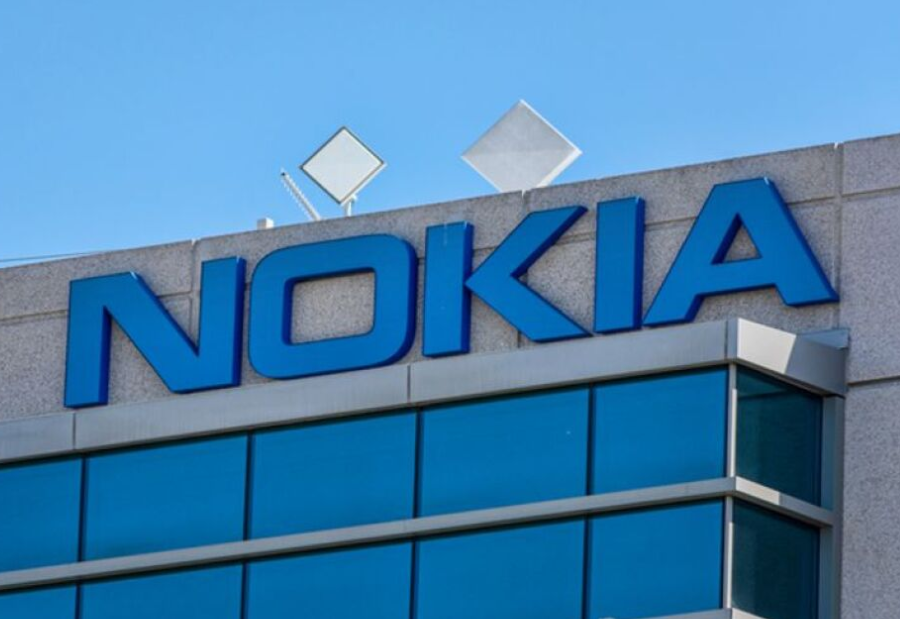Two Indian analog astronauts, Rahul Mogalapalli and Yaman Akot, emerged on Monday after completing a 10-day isolation inside the Himalayan Outpost for Planetary Exploration (Hope) habitat in Tso Kar, around 150 km from Leh, Ladakh. The mission was designed to replicate the challenges of living and working on the Moon or Mars and is seen as a significant step towards India’s human spaceflight ambitions.
The astronauts described the experience as demanding yet deeply rewarding. “The ten days were a real learning curve,” said Rahul. “We had to ration food, water, and even internet bandwidth. Maintaining communication and staying disciplined was tough, but if given a chance, I’d do it again.” Both astronauts crew members stressed the mental challenges of confinement and highlighted the importance of such simulations in preparing for future space missions.
The HOPE mission, developed by Bengaluru-based Protoplanet in partnership with ISRO’s Human Space Flight Centre, is India’s first attempt to recreate extraterrestrial living conditions. The facility consists of an 8-metre habitat module and a 5-metre utility module, named Phobos and Deimos after the moons of Mars. The extreme climate of Ladakh, with temperatures ranging from 35°C to -25°C, provided realistic Mars-like conditions.
The project serves as critical groundwork for the upcoming Gaganyaan mission, which will send Indian astronauts into space and eventually to the Moon by 2040. During the mission, the crew carried out biomedical experiments, collecting samples for ISRO scientists to study genetic, physiological, and psychological effects of isolation.
Dr Siddharth Pandey, founder and director of Protoplanet, said the mission was a valuable learning experience for both the astronauts and his team. He revealed plans to expand the habitat to host up to six astronauts and expressed hope that Gaganyaan’s astronaut team will join future simulations.
Following the mission, Phobos and Deimos will function as automated weather stations while preparations begin for the next simulation scheduled for April 2026.
By simulating life on the Moon and Mars, the HOPE mission has opened a new chapter in India’s journey towards establishing a human presence beyond Earth, paving the way for the Gaganyaan program’s targeted 2027 launch.
Also read: Viksit Workforce for a Viksit Bharat
Do Follow: The Mainstream formerly known as CIO News LinkedIn Account | The Mainstream formerly known as CIO News Facebook | The Mainstream formerly known as CIO News Youtube | The Mainstream formerly known as CIO News Twitter |The Mainstream formerly known as CIO News Whatsapp Channel | The Mainstream formerly known as CIO News Instagram
About us:
The Mainstream formerly known as CIO News is a premier platform dedicated to delivering latest news, updates, and insights from the tech industry. With its strong foundation of intellectual property and thought leadership, the platform is well-positioned to stay ahead of the curve and lead conversations about how technology shapes our world. From its early days as CIO News to its rebranding as The Mainstream on November 28, 2024, it has been expanding its global reach, targeting key markets in the Middle East & Africa, ASEAN, the USA, and the UK. The Mainstream is a vision to put technology at the center of every conversation, inspiring professionals and organizations to embrace the future of tech.




